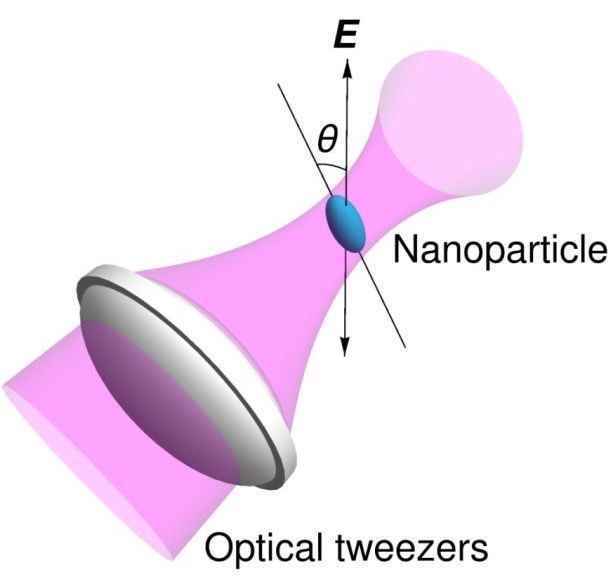Sep 15, 2016
CRISPR: What Does Gene Editing Mean for the Future of Primal Living?
Posted by Karen Hurst in categories: bioengineering, biotech/medical, genetics
By now, you’ve no doubt heard of CRISPR, the latest gene-editing tool sweeping research labs across the globe. It was first discovered in certain strains of bacteria, who use it as an important weapon against dangerous viruses. In bacteria, CRISPR identifies a virus that poses a threat, records the virus’ genetic data and imprints it onto RNA molecules. An immune enzyme called Cas9 grabs one of the RNA molecules and goes exploring. When Cas9 encounters a virus that matches the data on the RNA molecule, it latches on and slices the virus in half to prevent it from replicating and posing any threat.
Researchers have co-opted the CRISPR/Cas9 mechanism to edit genes. Instead of copying dangerous viral DNA sequences onto the RNA molecules, they can copy over any sequence they want to edit. And instead of Cas9 destroying viruses, it makes precise cuts and removes specific bits of genetic data from the designated sequence. This allows researchers to target and edit specific gene sequences with genetic data of their choosing.
















